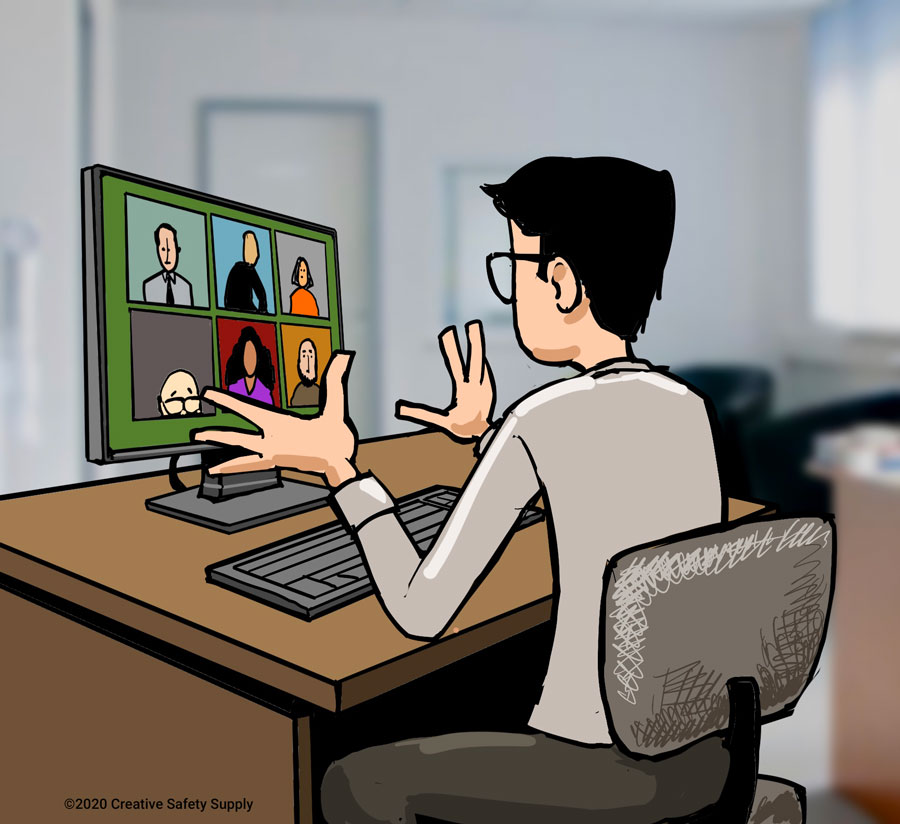
As the coronavirus continues to impact communities around the world, employers and businesses can do their part to help slow the spread of COVID 19 and keep their workers safe. Employers should plan on adapting flexible business operations and crafting a response to disease transmission in their community, based on the executive orders and recommendations from state and local health officials. Now that the virus has emerged in many areas, mitigation strategies such as social distancing are the best intervention to help slow transmission and ensure that healthcare systems are not overwhelmed by an increase in patients requiring critical care.
There are certain steps workplaces may take to implement social distancing and otherwise prepare to help reduce the spread of illness, especially if the workplace itself has a case of illness or the local community is experiencing transmission. Recommendations by the CDC for social distancing in the workplace are broken down into minimal to moderate actions and more substantial actions:
Minimal to Moderate Steps

- Stagger work schedules and implement flexible work hours so less employees are present on the worksite at one time
- Encourage staff to telework if possible
- Increase the physical space between workers themselves, and between workers and visitors/customers. This may require implementing floor tape or shapes to show people where to stand six feet apart or installing partitions and barriers
- Decrease social contacts such as in-person meetings and break room occupancy by conducting meetings over video or phone, and staggering lunches or breaks
- Limit non-essential work travel
Substantial Steps
- Cancel non-essential work travel and work-sponsored trade shows or conferences
- Implement extended telework arrangements for all workers, when feasible
- Downsize operations
- Establish new ways to provide services, such as having customers come through a drive through, conducting curbside pick-up, or doing delivery only
- Deliver services remotely such as by website or phone, and eliminate in-person services
Social distancing isn’t just about refraining from going to bars and restaurants; it’s also about establishing safe contact policies in the workplace, as employers have a key role in reducing the spread of illness. Keep in mind that the response of each workplace will depend on local recommendations and guidance. Take into consideration the measures that local authorities are asking for in your location, as well as the nature of your business operations, to determine how social distancing should be practiced in your specific workplace.
Similar Questions
- Why should social distancing be practiced?
- How can businesses practice social distancing in waiting rooms or reception areas?
- How does social distancing slow down an outbreak?
- Can social distancing be practiced in casinos?
- How can healthy business operations be maintained?
- How can social distancing be practiced for small businesses?
- How can employers support employees to practice social distancing?
- Why is social distancing important?
- Will social distancing continue after the lockdown?

